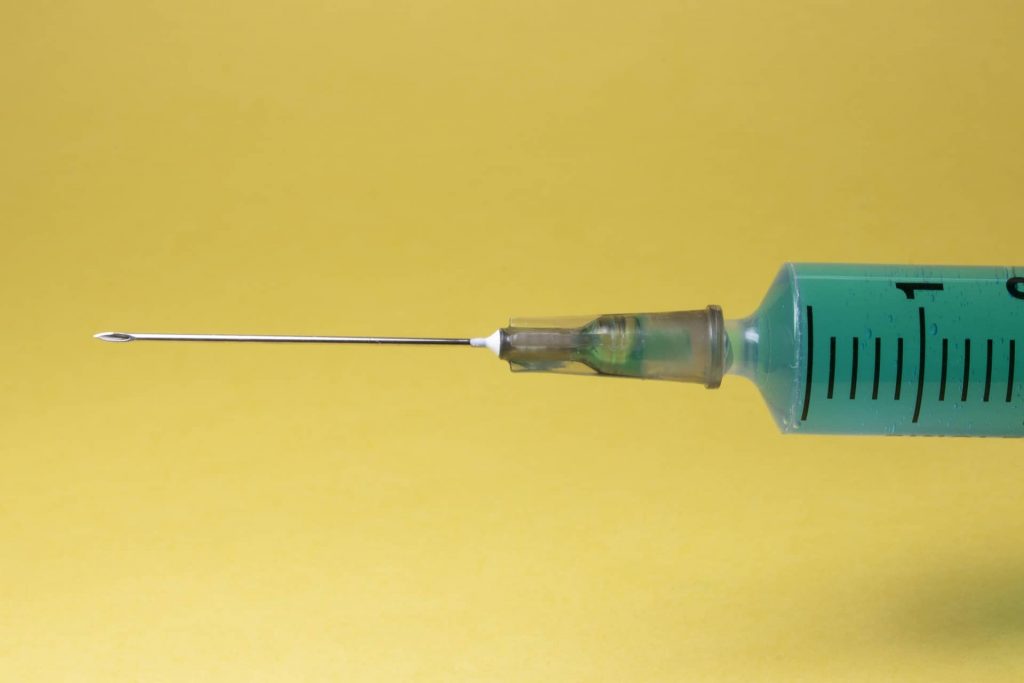By Erika Joloya and Edited by Rasheed Majzoub

Atopic dermatitis (AD), a common type of eczema, is a chronic inflammatory skin disease characterized by dryness, soreness, swelling, and rawness of the skin. Atopic dermatitis affects about 10.7% of children and 7.2% of adults in the United States, with onset occurring in early childhood and resurfacing throughout adulthood [1]. More than 60% of infants already suffering from moderate to severe eczema also suffer from a variety of food allergies such as respiratory allergies [2]. In fact, AD patients undergo what is known as the “atopic march,” or the progression of symptoms from redness and itchiness of skin, to food allergies, and ultimately to asthma.
Although the cause of atopic dermatitis is unknown, scientists speculate AD to be a result of a failure of the skin to act as a protective layer against foreign allergens. The skin is made up of epithelial cells, or surface cells, and strengthened by keratin-like proteins that support the cellular cytoskeleton. If deficient in these components, the skin is extremely prone to blister [2]. When pathogens or allergens such as dust or mold spores enter through the pores of the skin, the AD response is initiated, causing the body to overreact to incoming allergens. Inflammatory signaling proteins, specifically interleukin 4 (IL-4), cause the skin to swell, and an abundance of these protein responses results in inflammation. It is this inflammatory pathway that has been targeted to develop a new drug to treat AD.
Atopic dermatitis has no cure, however, there are numerous creams and lotions in the market that aim to reduce eczema symptoms. Commonly prescribed steroids, such as prednisone, temporarily reduce redness, itchiness and swelling but put patients at a higher risk for steroid withdrawal. Steroid withdrawal occurs when prolonged reliance on steroids causes the body to react negatively to a decreased use of the drug; the symptoms, including rashes and fatigue, can also be life-threatening. No particular medication has been found to effectively and significantly decrease the prevalence of withdrawal symptoms until two years ago. Dupixent, also known by its generic name “dupilumab,” is a biologic injection that was approved by the FDA in 2017 to treat moderate-to-severe AD. Biologics are drugs synthesized from living organisms or components of living organisms; dupilumab is produced from recombinant DNA in hamster ovary cell cultures. In short, dupilumab suppresses the activity of the signaling protein IL-4, blocking the subsequent inflammatory pathway [3]. Dupilumab has also been shown to decrease asthma exacerbations and improve respiratory symptoms in patients with difficult-to-control asthma. The drug is effective against asthma as it significantly decreases the immune-inflammatory response in asthmatic airways; this decrease can be observed by a reduction in characteristic inflammatory biomarkers [5].
Despite the cause of atopic dermatitis still not being known, generalizations made regarding mechanisms of the disease have led to the development of a new biologic drug, dupilumab, that has significantly decreased the prevalence of AD symptoms in patients using the injectable. Although fairly new, the drug is promising and more research must be done on its mechanistic approach to asthma and even food allergy reactions, to help provide relief to those suffering from the atopic triad.
References:
- Bauer, S. M. (2017). Atopic Eczema: Genetic Associations and Potential Links to Developmental Exposures. International journal of toxicology, 36:187–198.
- Drucker, AM., Wang, AR., Li, WQ., Sevetson, E., Block, JK., and Qureshi, AA. (2016). The Burden of Atopic Dermatitis: Summary of a Report for the National Eczema Association. Journal of Investigative Dermatology, 137:26–30.
- D’Ippolito, D., Pisano, M. (2018). Dupilumab (Dupixtent): An Interleukin-4 Receptor Antagonist for Atopic Dermatitis. Pharmacy and Therapeutics, 43:532.
- Martin, P.E., Eckert, J.K., Koplin, J.J., Lowe, A.J., Gurrin, L.C., Dharmage, S.C., Vuillermin, P., Tang, M.L.K., Ponsonby, A.L., Matheson, M., Hill, D.J., Allen, K.J. (2015). Which infants with eczema are at risk of food allergy? Results from a population‐based cohort. Clinical & Experimental Allergy, 45:255–264.
- Vatrella, A., Fabozzi, I., Calabrese, C., Maselli, R., Pelaia, G. (2014). Dupilumab: a novel treatment for asthma. Journal of asthma and allergy, 7:123.
